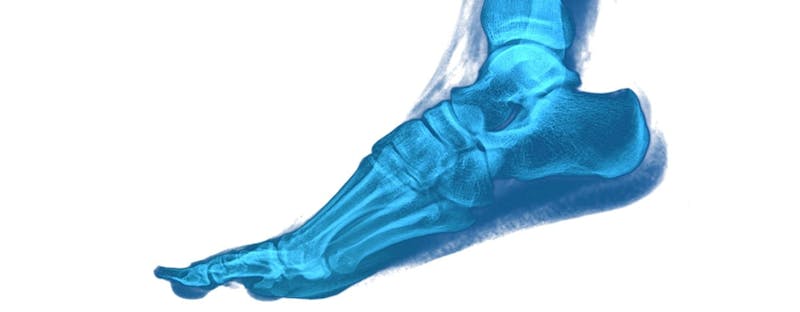Schedule a Consultation
Contact Us


Arthritis is characterized by joint inflammation, and it is common in the small joints that are located in the foot and ankle. There are more than 30 joints in the foot and ankle that work to provide support, balance, and range of motion.
The ends of your bones are covered with articular cartilage, which helps bones to glide smoothly, and the joints are surrounded with a lining called synovium, which lubricates the joints to reduce friction. While there are more than 100 forms of arthritis, there are three that are most common in the foot and ankle:
Symptoms
The symptoms that are experienced depend on the joint that is affected. Pain and stiffness are the most common symptoms. The pain can flare up and make it hard to walk and perform activities. You can also experience swelling and redness of the joints, as well as tenderness when applying pressure.
Arthritis is diagnosed with a combination of physical exams and imaging tests to rule out other possibilities. Blood tests are used in order to confirm rheumatoid arthritis.
Treatments
There is no cure for arthritis. Instead, treatments seek to slow down the progression of arthritis and manage symptoms. Conservative treatments include activity modification, low impact exercises, and weight loss to reduce stress on joints. You might also need physical therapy in order to strengthen muscles and restore flexibility and range of motion.
Some patients find that using a cane, brace, or custom orthotics help to reduce pressure and make movements easier. Different pain relievers can also be used to reduce discomfort.
If conservative methods are not working, or if there is a disability developing as a result of the condition, surgery may be performed to remove loose cartilage, remove an inflamed synovium, and fuse joints. In cases of advanced arthritis, joint replacement may be necessary.